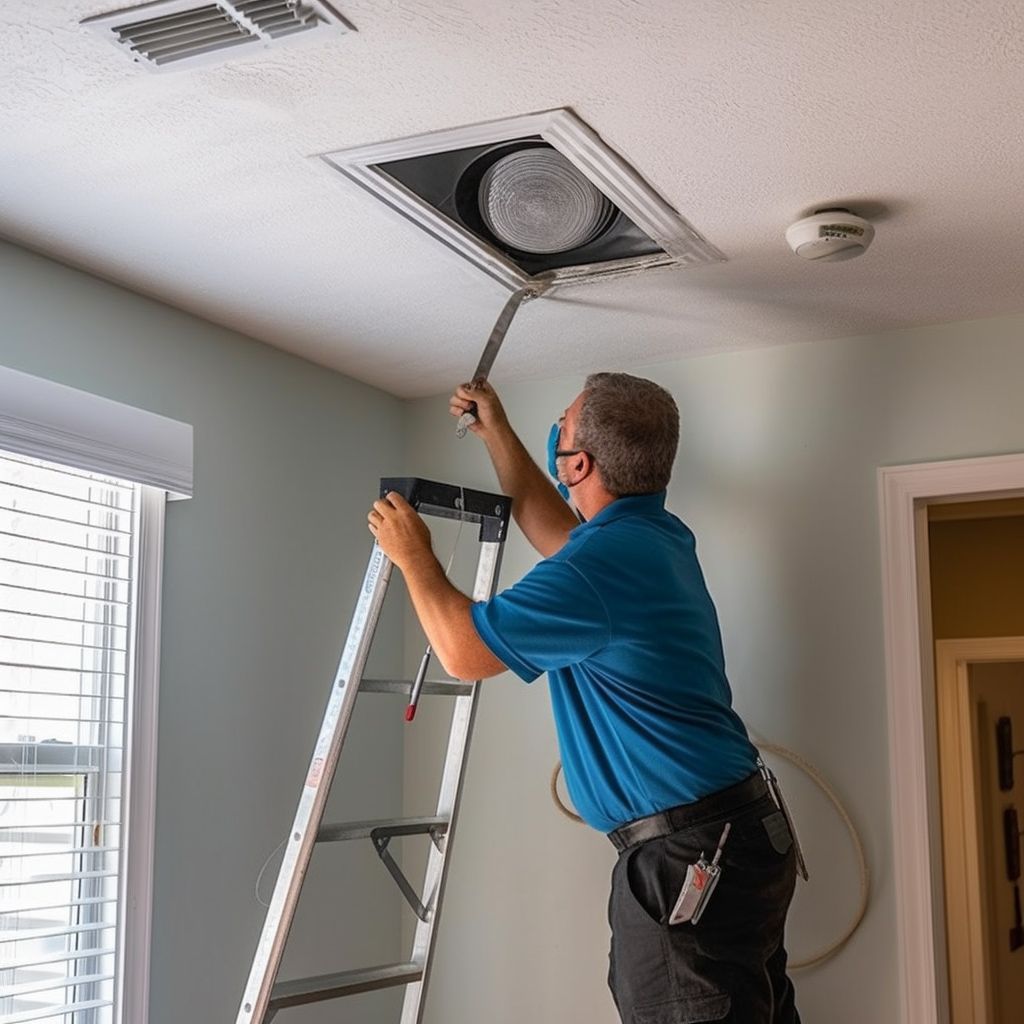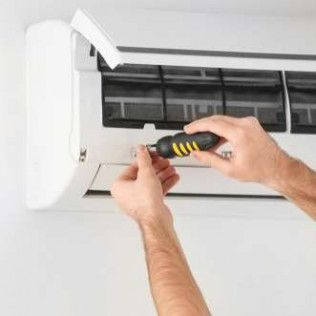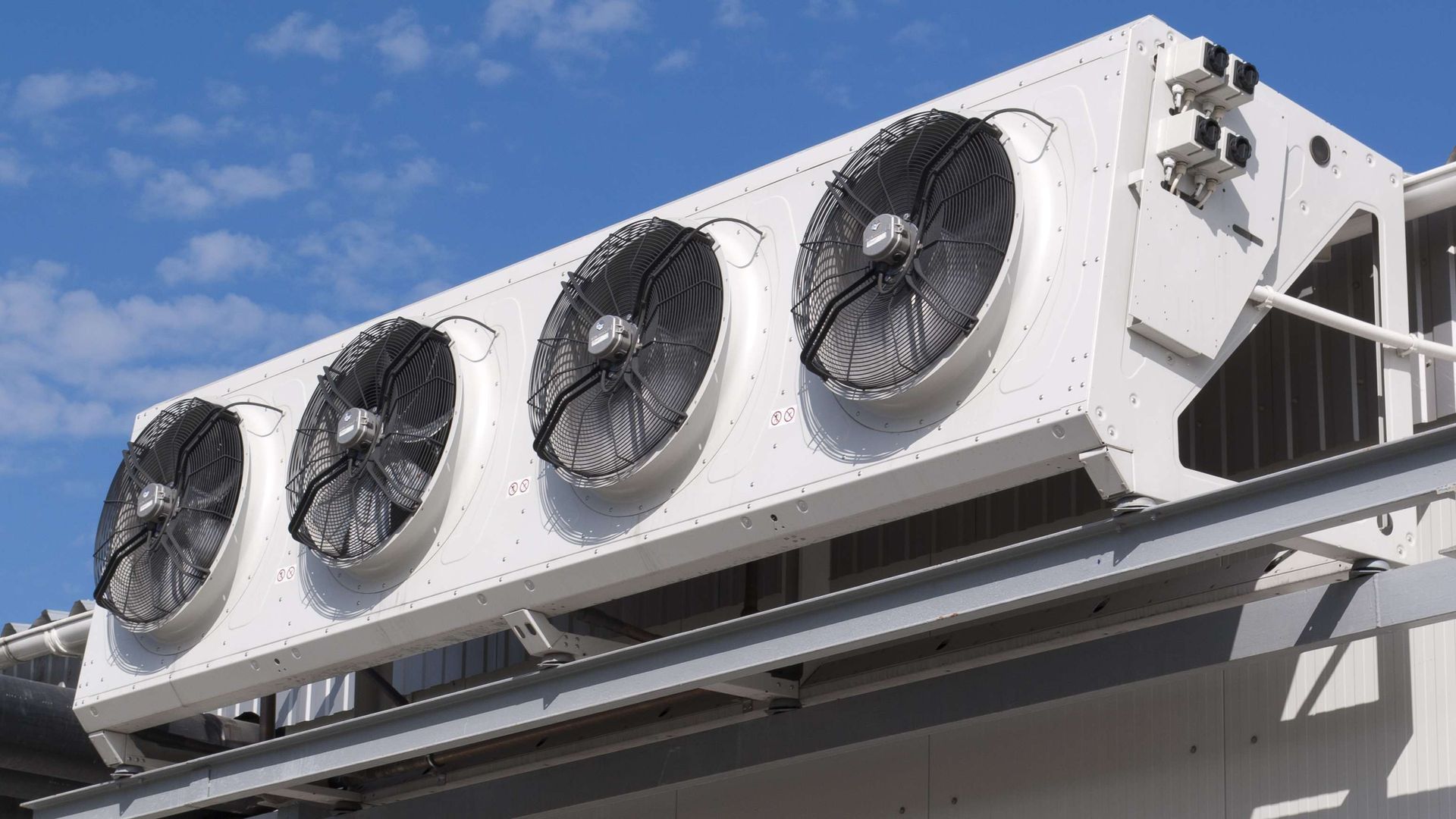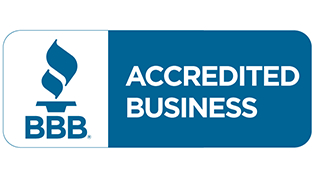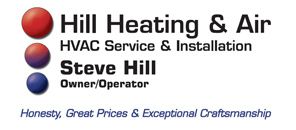Get Your Furnace Winter-Ready: Tips and Maintenance Checklist
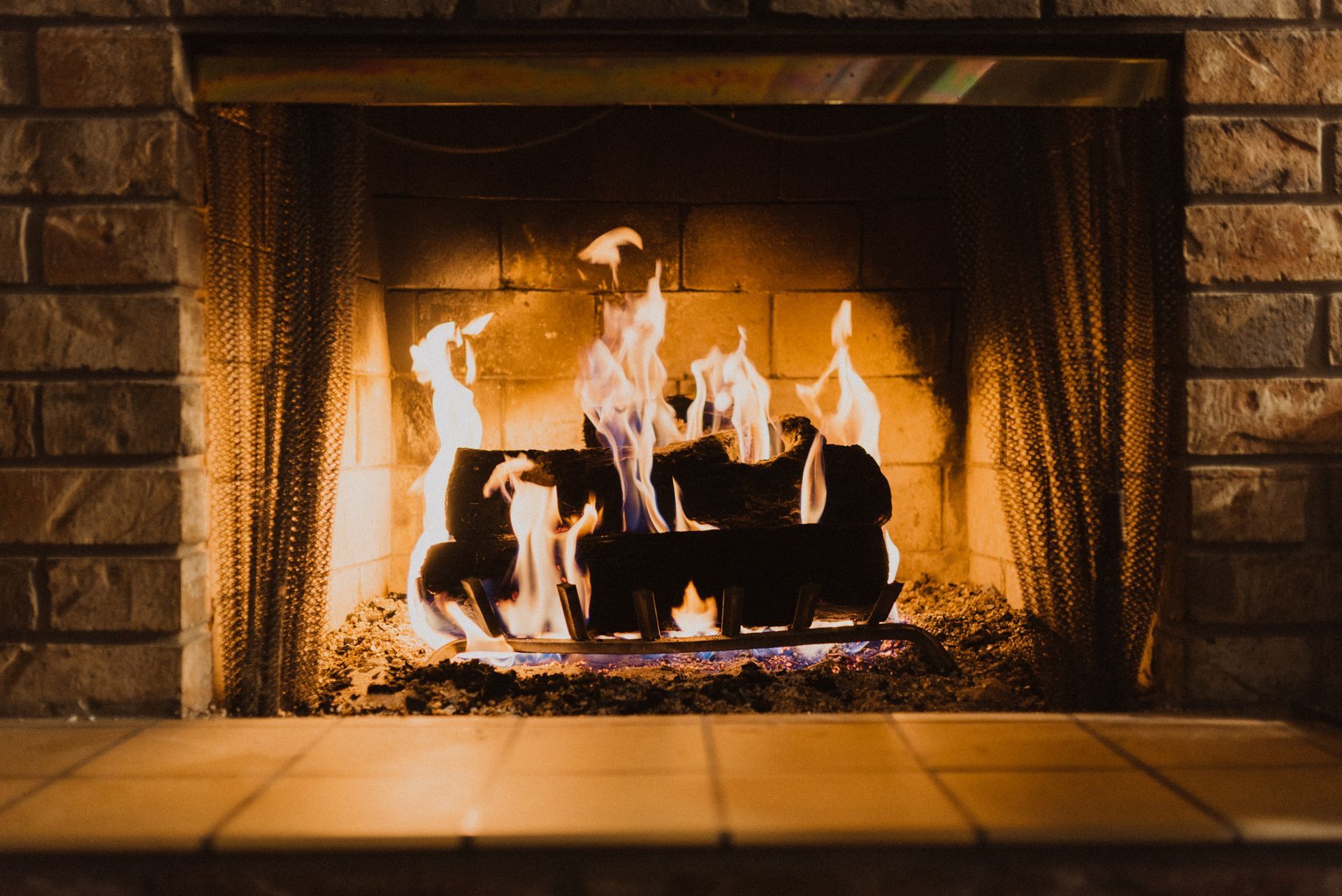
DIY Furnace Maintenance Tips
Performing regular maintenance on your furnace can help it run smoothly and efficiently. Here are some DIY furnace maintenance tips to help you prepare your furnace for winter:
Check and Replace the Air Filter
A dirty air filter can restrict airflow and cause your furnace to work harder, which can lead to increased energy bills and a shorter lifespan for your furnace. To prevent this, check and replace your air filter regularly, ideally every three months.
Clean the Furnace Blower
The furnace blower is responsible for circulating the warm air throughout your home. Over time, it can collect dust and debris, which can hinder its performance. To clean the blower, turn off the power to the furnace and remove the panel that covers the filter. Use a soft-bristled brush to gently clean the blower blades and then vacuum up any remaining debris.
Inspect the Furnace's Ductwork
Leaky ductwork can result in heat loss and higher energy bills. To check for leaks, turn on your furnace and feel for air leaks around your ductwork joints. If you find any leaks, seal them with foil tape or duct sealant.
Check the Thermostat
A faulty thermostat can lead to inconsistent heating, which can make your home uncomfortable. Make sure your thermostat is functioning correctly by checking that it's level, clean, and set to the right temperature. If you have an older thermostat, consider upgrading to a programmable model, which can help you save on energy bills.
Clean the Furnace's Exterior
Over time, your furnace can accumulate dust and dirt, which can affect its performance. Use a soft cloth to wipe down the furnace's exterior and clean any visible dust and dirt.
When to Call a Professional
While some furnace maintenance tasks can be done on your own, others require the help of a professional. Here are some warning signs that it's time to call a professional:
- Your furnace is emitting a strange odor
- Your furnace is making unusual noises
- Your furnace is short cycling (turning on and off frequently)
- Your furnace is blowing cold air
- Your furnace won't turn on
If you notice any of these warning signs, call a reputable HVAC professional to help you diagnose and fix the problem.
Common Furnace Issues and How to Fix Them
Here are some common furnace issues and how to fix them:
Furnace Won't Turn On
A furnace that won't turn on can be frustrating and leave you feeling chilly. Fortunately, there are a few things you can check before calling in a professional. First, check the thermostat to make sure it's set to the right temperature and that the batteries are working properly. If the thermostat is working correctly, check the circuit breaker to make sure it's not tripped.
If the breaker has tripped, reset it and see if that solves the problem. If neither the thermostat nor the circuit breaker is the issue, it's best to call a professional to diagnose and repair the problem. Ignoring a furnace that won't turn on can lead to further damage, so it's important to address the issue promptly.
Furnace is Blowing Cold Air
If your furnace is blowing cold air instead of warm, it's likely not performing its intended function. This issue can be caused by a variety of factors, including a dirty air filter, a faulty pilot light, or a malfunctioning blower motor. The first step in addressing this issue is to replace the air filter and check the pilot light.
If these steps don't solve the problem, it's best to call a professional to diagnose and repair the issue. Ignoring a furnace that's blowing cold air can lead to further damage and discomfort in your home, so it's important to address the issue as soon as possible.
Furnace is Making Unusual Noises
If you hear unusual noises coming from your furnace, it could be a sign of a loose belt, a faulty blower motor, or a dirty burner. Turn off the furnace and call a professional to diagnose and fix the problem.
Furnace is Leaking Water
Discovering that your furnace is leaking water can be a cause for concern. There are a couple of possible causes for this issue, including a clogged condensate drain line or a cracked heat exchanger. If you suspect that the issue is a clogged drain line, try flushing it with a mixture of water and vinegar.
This can often resolve the problem. However, if the issue persists, or if you suspect a cracked heat exchanger, it's best to call a professional. Ignoring a leaking furnace can cause further damage to your heating system and create potential safety hazards in your home, so it's important to address this issue promptly.
Furnace is Short Cycling
Furnace short cycling is a common issue that can lead to inefficiencies, higher energy bills, and even furnace damage. Short cycling occurs when the furnace turns on and off frequently, rather than completing a full heating cycle. This problem can be caused by several factors, including a dirty air filter, a malfunctioning thermostat, or a faulty flame sensor.
To address this issue, it's important to first replace the air filter and check the thermostat. If the problem persists, it's best to call a professional to diagnose and repair the issue, as it may require more advanced technical skills and equipment. Ignoring short cycling can lead to more serious furnace problems, so it's important to address it as soon as possible.
Furnace Maintenance Checklist
Here's a step-by-step guide to annual furnace maintenance:
- Turn off the furnace's power and gas supply.
- Clean or replace the air filter.
- Inspect and clean the blower assembly.
- Clean the furnace's exterior.
- Check and clean the furnace's combustion chamber and flue.
- Inspect and clean the furnace's burners.
- Check and adjust the pilot light (if applicable).
- Inspect the furnace's electrical connections and wiring.
- Check and adjust the furnace's fan belt tension (if applicable).
- Turn on the furnace and check its performance.
Additionally, it's a good idea to stay on top of furnace maintenance throughout the year. Here are some tips:
- Check and replace the air filter every three months.
- Keep the area around your furnace clear of clutter and debris.
- Schedule regular professional maintenance appointments.
Final Thoughts
Regular furnace maintenance can help your furnace run smoothly and efficiently, which can save you money on energy bills and extend the life of your furnace. By following the tips and checklist outlined in this blog post, you can get your furnace winter-ready and ensure that it's in good condition for the colder months.
Contact Us
Contact Us
We will get back to you as soon as possible.
Please try again later.
HILL HEATING & AIR, LLC
South Jordan, UT 84095
CALL US
Phone: (801) 860-0655
HOURS | 24/7 AFTER HOURS AND WEEKENDS
- Mon - Fri
- -
- Sat - Sun
- Closed
HILL HEATING & AIR, LLC
Salt lake city , UT 84130 United States of America
CALL US
Phone: (801) 860-0655
HOURS | 24/7 AFTER HOURS AND WEEKENDS
- Mon - Fri
- -
- Sat - Sun
- Closed
Copyright © 2023 Hill Heating & Air, LLC, all rights reserved.

